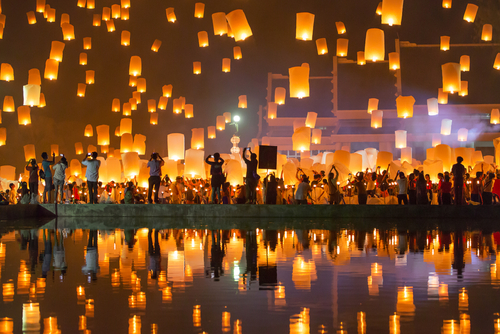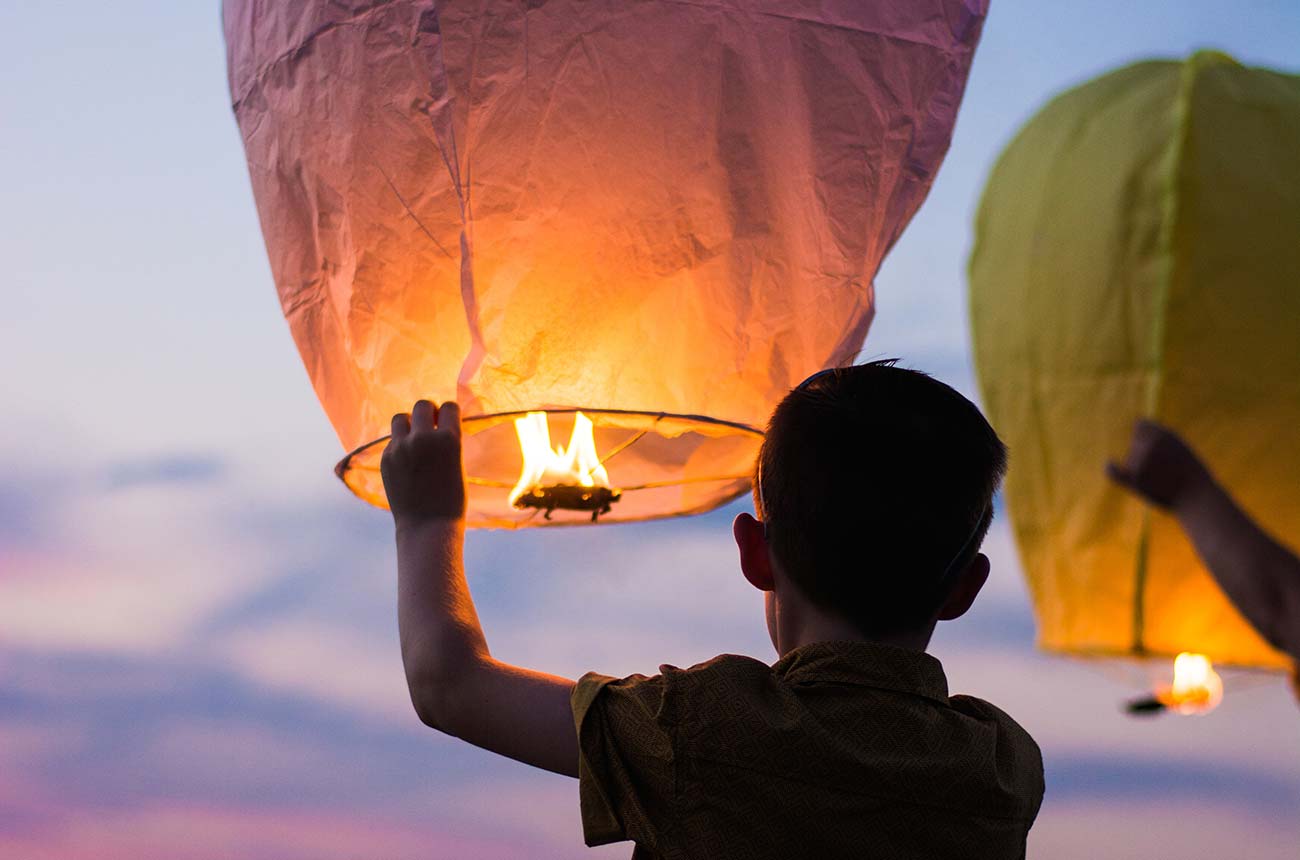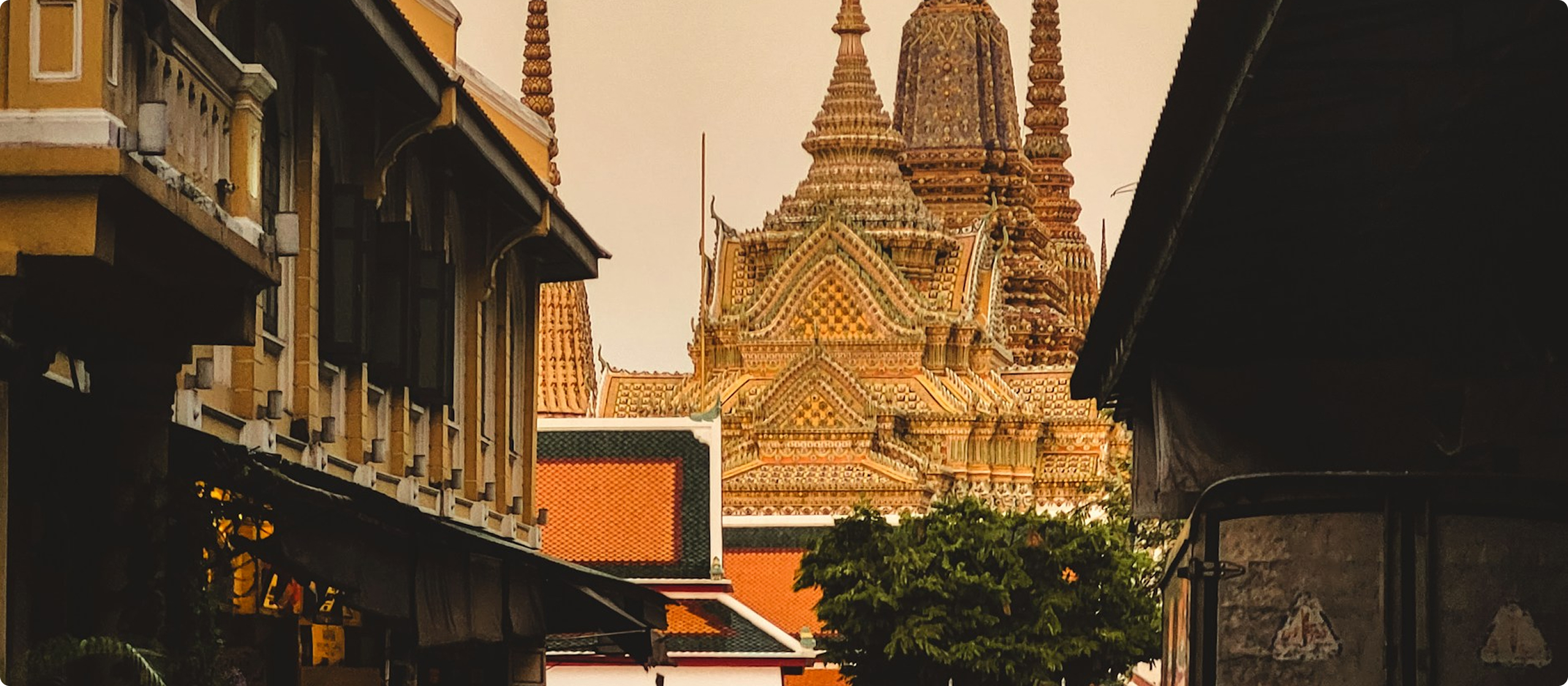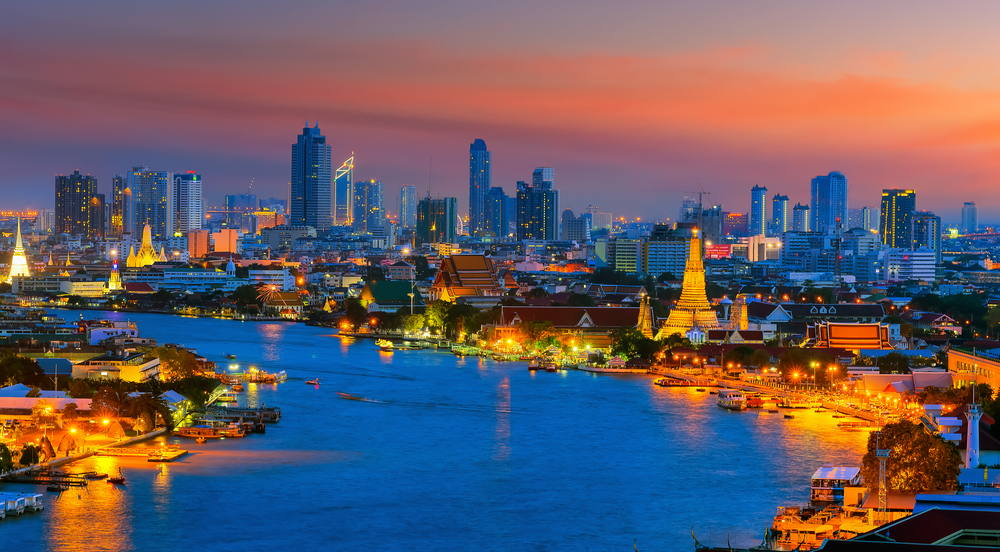Thailand’s Cultural Heritage: A Timeless Legacy of Art, Faith, and Tradition
Every aspect of Thailand — from its temples to its table manners — tells a story that spans centuries.
Rooted in spirituality, artistry, and community, Thailand’s cultural heritage is a living treasure shaped by the nation’s history, geography, and enduring values.
To experience it is to understand the heartbeat of a country that has preserved its soul even as it embraces the modern world.
1. The Soul of Thai Culture
At its core, Thai culture revolves around the principles of respect, harmony, and mindfulness.
These values are expressed in the way people greet each other with a wai, offer food to monks in the morning, and celebrate festivals with joy and reverence.
Thailand’s culture has evolved from a blend of indigenous beliefs, Buddhist philosophy, and influences from neighboring civilizations — yet it remains distinctly Thai: warm, graceful, and generous.
🪷 Insight: In Thailand, culture is not kept in museums — it lives in everyday gestures, temples, art, and smiles.
.jpg)
2. Artistic Expressions: The Language of Beauty
🎨 Architecture and Design
Thai architecture is a study in symbolism and serenity.
From the golden stupas of Wat Phra Kaew to the teakwood elegance of traditional Thai houses, each structure reflects a harmony between humanity and nature.
Distinctive features such as tiered roofs, naga serpents, and lotus motifs connect physical spaces with spiritual meaning.
🖌️ Traditional Arts and Crafts
Thailand’s craftsmanship remains world-renowned — silk weaving, celadon pottery, silverwork, and hand-carved wood continue centuries-old traditions.
Each craft is more than decorative; it carries stories of faith, region, and identity.
🌸 Cultural Note: Many local artisans are part of Thailand’s One Tambon One Product (OTOP) initiative — preserving craftsmanship while empowering communities.

3. Festivals and Celebrations: Joy in Every Season
Thailand’s calendar is filled with festivals that celebrate gratitude, renewal, and unity.
- 🌸 Songkran (Thai New Year):
Every April, water symbolizes purification and new beginnings — it’s both playful and sacred. - 🕯️ Loy Krathong:
Celebrated nationwide in November, it’s a luminous festival where people float lotus-shaped baskets on rivers to honor the water goddess and release past burdens. - 🕊️ Yi Peng (Chiang Mai):
Sky lanterns fill the night with light and hope — one of Thailand’s most breathtaking traditions. - 🪶 Royal and Cultural Ceremonies:
Events like the Royal Ploughing Ceremony and Candle Festival preserve Thailand’s ancient ties between the monarchy, religion, and the land.
✨ Spirit: Thai festivals combine faith and fun, reminding us that joy itself can be sacred.
4. Music, Dance, and Performance
🎭 Classical Dance and Theatre
Thai classical dance — especially Khon, the masked drama — is a visual poem blending myth, motion, and music.
Each gesture, costume, and rhythm conveys centuries of storytelling rooted in the Ramakien, Thailand’s national epic.
🎶 Music and Instruments
From the melodic tones of the ranad (xylophone) to the deep hum of the klong (drum), traditional Thai music reflects a balance of structure and improvisation — mirroring Thai philosophy itself.
Today, these traditions coexist with contemporary Thai pop, jazz, and fusion music, creating a cultural soundscape that’s both ancient and evolving.

5. The Influence of Buddhism and Spiritual Life
More than 90% of Thais identify as Buddhist, and its principles permeate art, law, education, and lifestyle.
Temples serve as centers of meditation, moral guidance, and community gathering — guiding the rhythm of Thai daily life.
Acts of merit, such as almsgiving or temple restoration, represent a deep-seated belief in compassion and interconnection.
🪷 Reflection: In Thailand, spirituality isn’t confined to worship — it’s expressed in kindness, humility, and gratitude.
6. Heritage Sites and Preservation
Thailand proudly protects its tangible and intangible heritage through numerous UNESCO designations:
- Historic City of Ayutthaya – The ruins of a once-mighty kingdom.
- Historic Town of Sukhothai – The birthplace of Thai art and language.
- Ban Chiang Archaeological Site – One of the oldest Bronze Age settlements in the world.
- Khon Masked Dance Drama – Recognized as intangible cultural heritage for its artistry and performance tradition.
Beyond UNESCO, Thailand continues to invest in restoring temples, preserving rural crafts, and promoting cultural tourism that benefits local communities.
🌿 Conservation Mindset: Heritage isn’t just preserved in stone — it’s nurtured in people.
7. Modern Thailand: Tradition in Motion
Despite rapid globalization, Thailand’s cultural identity remains strong.
Contemporary artists reinterpret traditional motifs, designers use Thai silk in haute couture, and younger generations revive ancient crafts through digital storytelling.
From Bangkok’s art galleries to Chiang Mai’s creative studios, Thailand’s culture is evolving — not by replacing its past, but by reimagining it with pride.
🌺 Final Thoughts
Thailand’s cultural heritage is more than a memory — it’s a living masterpiece.
It breathes through architecture, music, cuisine, and the quiet kindness of its people.
To walk through Thailand is to walk through time — where ancient kingdoms meet modern dreams, and tradition continues to shape tomorrow.
✨ In essence: Heritage in Thailand isn’t preserved for the past — it’s practiced for the future.





.png)











